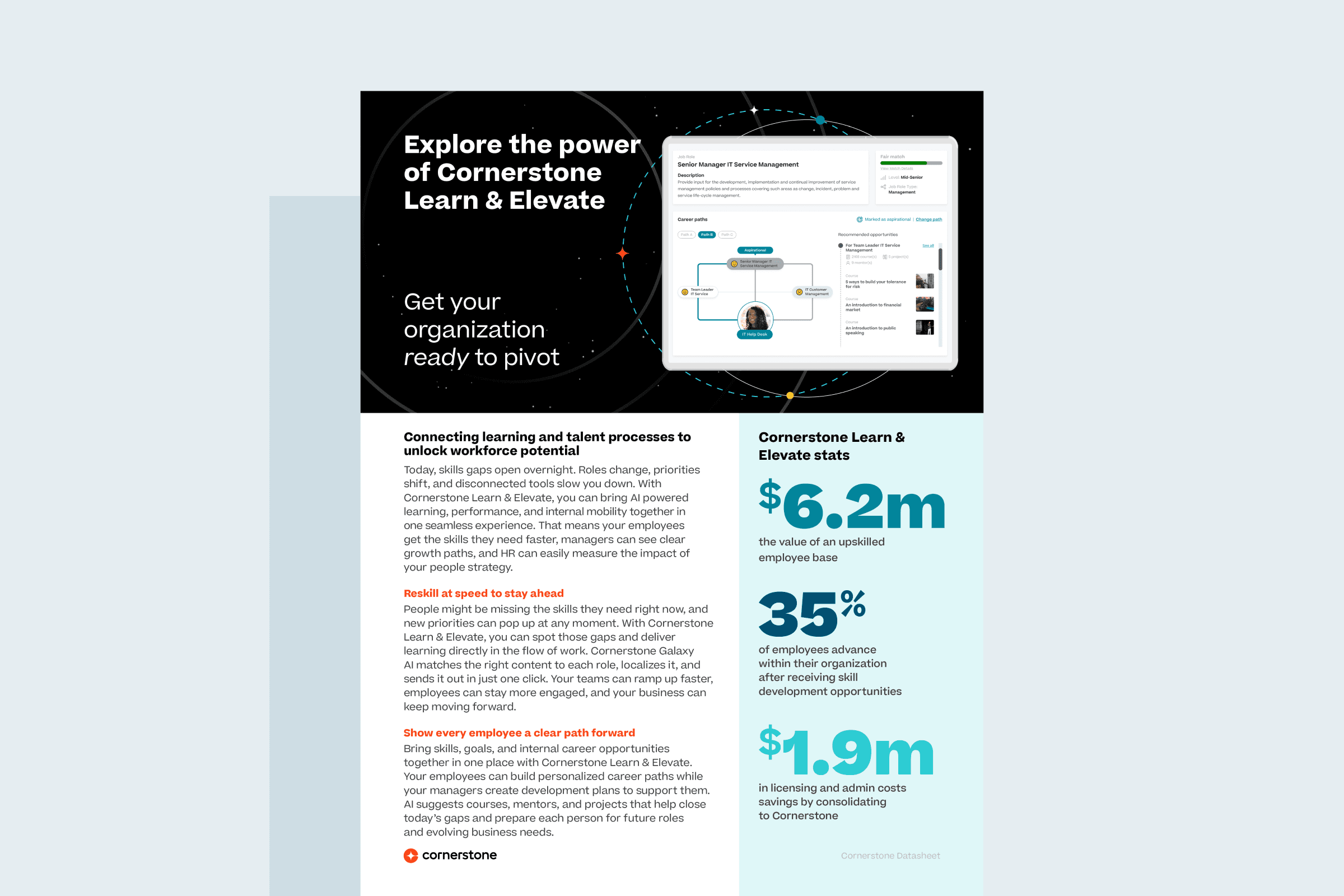Brace yourself. The talent war didn’t go away due to the pandemic. It heated it up. COVID-19 didn’t ease the skills shortage. It exacerbated it. As Warren Buffet once said, "only when the tide goes out do you discover who’s been swimming naked." Well, the pandemic tide rolled out, and based on conversations with hundreds of business owners the last few months, a lot of organizations are standing naked.
One small business owner shared that, in 2019, he felt lucky if his company received 50 applicants from Indeed and 1 or 2 of them were qualified. This May, he posted a job and had 1300 applicants in less than 24 hours. He pulled the listing. His company simply wasn’t equipped to handle recruitment and screening in a high unemployment market.
So, what does that mean for HR and recruiting teams? It might be time to rethink your hiring strategy—and reflect on whether the challenges you’re facing today are a result of COVID-19, or more foundational problems that have been there all along.
"New Normal," Same Challenges
I first thought the small business owner’s story was an outlier but, surprisingly, I keep hearing it over and over. "We have 500 job openings and can’t get enough qualified applicants to fill a fraction of them." Yes, you heard me right: record high unemployment and jobs remaining unfilled.
In the case of the small business owner, the position was a sales job. It pays well and doesn’t require superpowers to do the work. What’s the problem? Employment brand really matters. Following a quick search of company reviews, I discovered this company consistently is rated in the low to mid 2s (out of 10). The pandemic didn’t fix bad management and bad culture.
COVID-19 also didn’t miraculously give workers new skills. In fact, the sudden need for work-from-home skills made the need for effective upskilling and reskilling programs all the more plain. Managing the family calendar was a walk in the park compared with juggling the boss, teams, clients and kids without ever leaving the house. Many workers used to have IT on speed dial. Now each remote worker is an amateur IT professional. Reserving a meeting room down the hall for your client appointment required little, if any, skill. Today, it’s an enormous challenge to lead, present, sell and participate in video meetings.
Taking a New Tact: Blue Ocean Strategy
All this labor market disruption creates a lot of noise and chaos. Reimagining and reinventing require a fresh approach. Fortunately, you don’t need to recreate the wheel to succeed. You can simply apply the principles of Red and Blue Ocean Strategy, created by W. Chan Kim & Renée Mauborgne.
Red oceans in HR refer to the conventional approach to recruiting labor. Fishing for talent in the red ocean views the labor pool as highly specialized and defined by years of experience and education. It relies on compensation and benefits to bait candidates. The competition is consequently fierce based on a limited resource mindset, which turns the ocean red. Hence, the term ’red ocean.’
Alternatively, the ’blue ocean’ encourages you to leave the competition behind and pursue an uncontested market. In other words, employers looking for talent don’t fish in the same pond as everyone else. Here are some opportunities available to business and HR leaders using blue ocean strategy:
1. NIMBY Recruitment.
"Going to work" will certainly return (in some fashion), but working remotely is here to stay. That means that the labor pool for many jobs and industries is expanding from local to global. Commuting distance, public transportation, and relocation hurdles are disappearing. Economic recovery efforts are destined to be unequally distributed.
What the shift means for HR and talent recruitment: A lot of very talented people live outside your red ocean. Accordingly, "fish" wherever the talent you need already is. Some very talented people can’t or don’t want to relocate. The blue ocean opens access to other remote communities too—disabled, minorities, and disadvantaged—who might not otherwise have access or the means to commute. Remote work makes it easier for employees to pick up extra hours and attract people who need part-time work but don’t live in your backyard.
2. Attract Candidates with Blue Ocean Perks.
A May working paper by Erik Brynjolfsson reports that half of the people employed before the pandemic are now working remotely. Pre-COVID-19, the figure was about 15%. (In 2018, a U.S. Census Bureau survey found it was only 5.3%!) With all these employees working from home, perks like ping-pong tables, employee lounges, cafeterias, free coffee and snacks aren’t so attractive.
So, what "blue ocean" perks might attract top talent? Consider helping employees work from home effectively and efficiently. Many remote employees still don’t have working computers, webcams, headsets, printers or fast internet connections. Figure out what kind of equipment and internet access they need—and get it to them. Help them replace their stand-up ironing board "desk" with an allowance for a functional desk and comfortable chair. Fraying these costs will help attract remote talent.
3. Think Experience, Not Technology.
Historically, HR purchased technology to automate existing systems and processes—often at the expense of candidate and employee experience. And that technology, in turn, codified consistency and perpetuated red ocean hiring. In many cases, HR technology became a barrier, closing off opportunity and vision, separating HR from job seekers. Friction-filled, technology-dependent processes were used to test the resilience of job seekers to jump the barrier, using a playbook more aligned with competing for an appearance on "Survivor" than applying for a job.
Blue ocean HR leaders will make the technology "disappear" by focusing on value creation instead of the technology itself. At one time, offering an online application was a competitive advantage. Today, the process is all FCDD-up (filled with frustration, confusion, disappointment, and distraction.) Fix it! Use technology that allows you to identify qualified candidates quickly—and without them submitting pages of non-essential information. Use chatbots, video, text, or automated responses to engage quickly and often.
The same is true for using technology to new skill your existing workforce: use tools that deliver learning in the flow of work (say, as an employee is preparing for that daunting presentation?) to help recruit from within—as well as externally.
It’s time to start fishing for talent in the blue ocean. Blue oceans introduce unbound opportunity, unexplored and untainted by competition.


